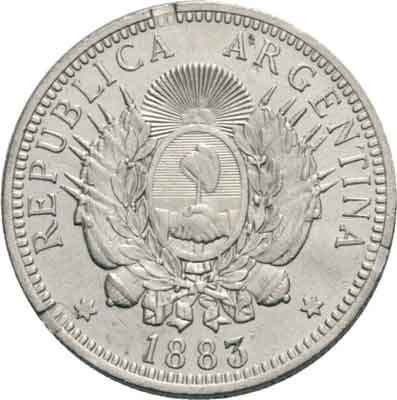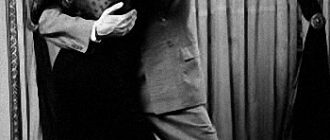Argentina is a complex society and country and this is also reflected in the government. This guide to the government and politics of Argentina provides some useful information.
Argentina is officially known as the Argentine Republic, or, La Republica Argentina.
Argentina has seen some interesting events in respect to government and politics (too detailed to elaborate on as part of this article, but certainly worth further research if you are interested) and following a period of military dictatorship which ended in 1983, Argentina returned to the 1853 Constitution which was further amended in 1994.
Government in Argentina is now operated via a representative, republican federal system which is similar to the federal system in the USA.
The government in Argentina is formed of two separate legislative branches which are executive and bicameral and of these two houses, the Senate has 72 seats and the Chamber of Deputies has 257 seats. Argentina is further divided into a Federal Capital (the City of Buenos Aires) and 23 Provinces.
The Federal Government of Argentina is lead by the President. Until the change to Constitution in 1994 (referred to above), it was necessary that the President be a Roman Catholic. Changes to the Constitution also permitted the reelection of the President for a further 4 year period – as opposed to the original 6 year period.
Each Province within Argentina has its own Governor, Chamber of Deputies and Senate. The Federal Capital in Buenos Aires, has an elected Mayor allowing for self government.
The balancing of power in the government of Argentina is not straightforward. The primary reason for this being that 70% of the population falls under the remit of the Federal Capital and the provinces of Santa Fe, Buenos Aires and Cordoba. Consequently they are able to provide a powerful counterweight to the Federal government, particularly if they are controlled by the opposition.
In respects to Political Parties in Argentina, the spectrum of parties is broad and diverse and at least 20 parties are represented in the Congreso. Local parties have considerable power within some of the provinces. The Sapag family’s Partido Popular Neuquino in Neuquen for example has driven some of Argentina’s most progressive social policies.
A recent concern for the government in Argentina is the lack of interest that the younger generation take in government and politics and their resulting voting apathy. No doubt however, the same concern exists for a significant number of countries.





